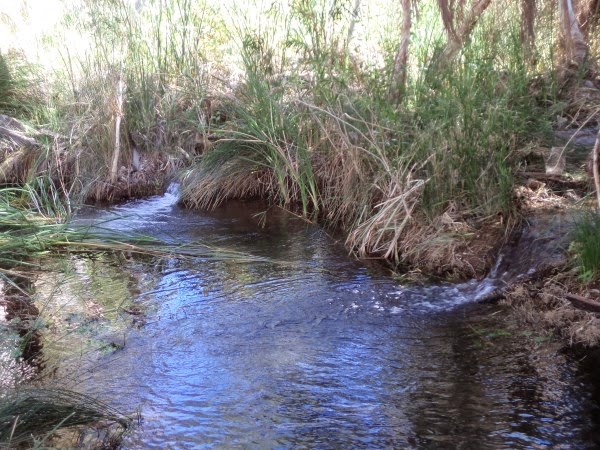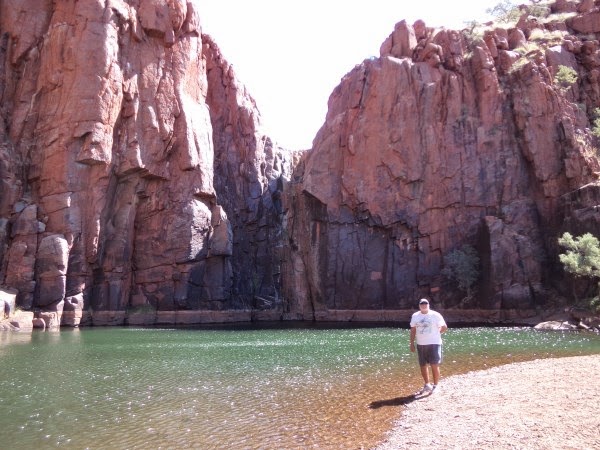 |
| All set up at the Pilbara Holiday Park. |
 |
| A good look at the Super Moon at Karratha. |
 |
| Welcome to Cossack. |
 |
| Mulla Mulla makes quite a show. |
 |
| Cossack from the Water Tower Lookout. |
 |
| The Post & Telegraph Building. |
 |
| Distant relatives were early school teachers? |
 |
| The old School House & Nanny Goat Hill. |
 |
| Carolyn checks out the art. |
 |
| Shady spot at the Customs House. |
 |
| Cape Lambert Ore Loader. |
 |
| Settlers Beach. |
 |
| Cossack Inlet. |
 |
| Bikers on the Black Dog Ride. |
 |
| Welcome to the park. |
 |
| Lots of iron ore trains. |
 |
| Wonderful wetlands. |
 |
| Millstream Homestead. |
 |
| Rolling hills of spinifex. |
 |
| Clear ponds full of lilies. |
 |
| "it's under the big W" |
 |
| Running streams link the clear ponds. |
 |
| A banded dragon sunning itself. |
 |
| Fortescue River from the Cliff Lookout. |
 |
| At Python Pool. |
 |
| Enjoying Python Pool. |
 |
| Beautiful Sturt's Desert Pea. |
 |
| The spinifex is ablaze. |
In the morning we are on the road early, headed inland into the heartland of the Pilbara. So much to see in this huge country!
No comments:
Post a Comment